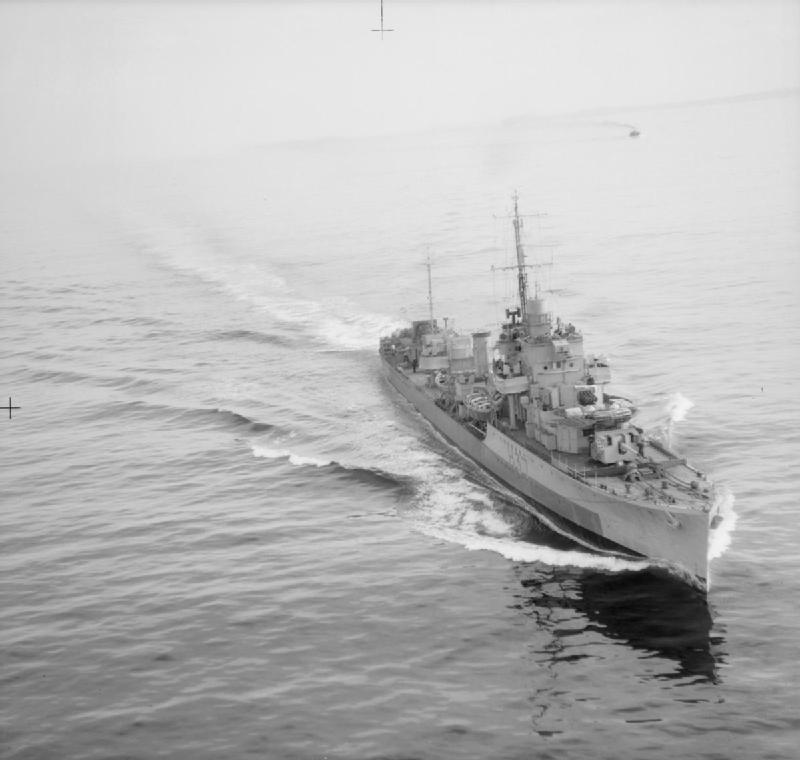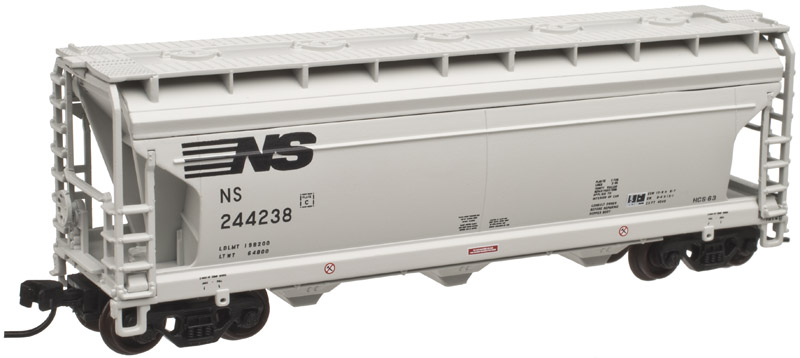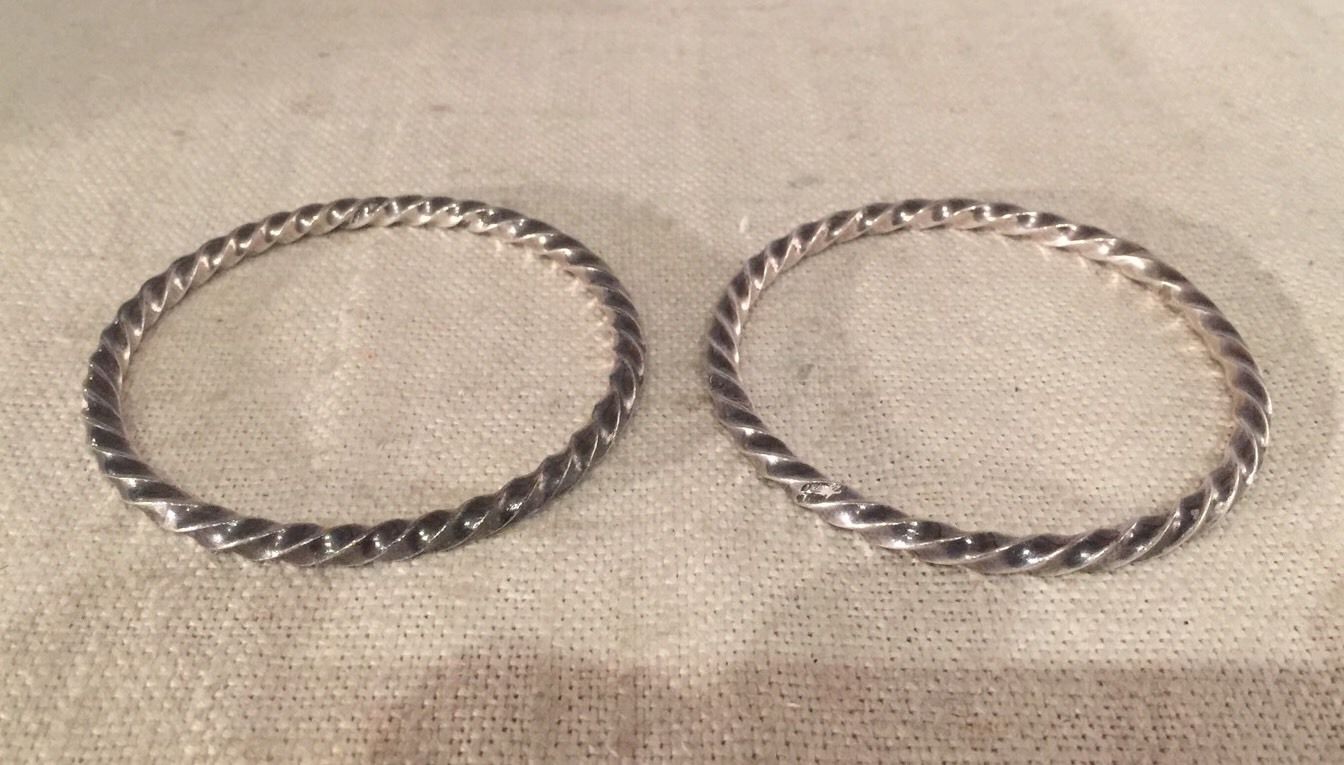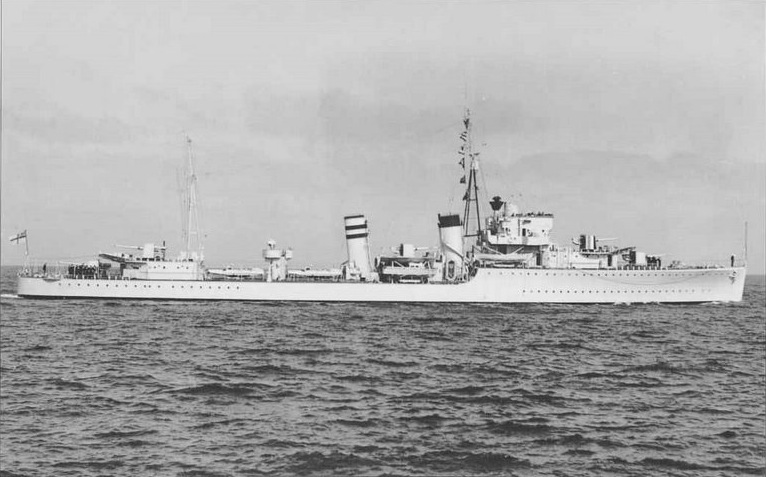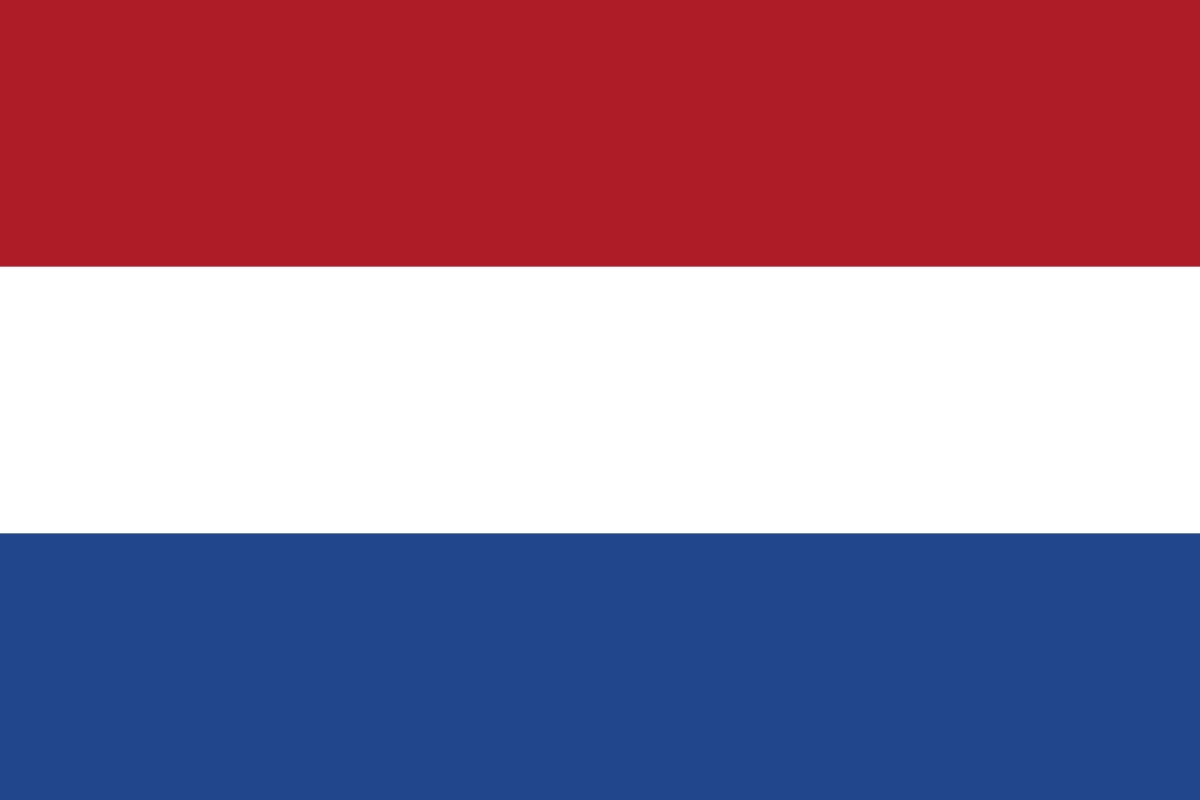Hr. Ms. Marnix
| Name | Hr. Ms. Marnix |
| Nationality | The Netherlands (Details) |
| Period | Cold War |
| Type | Destroyer |
| Warship Class | G-H-I Class (Details) |
| Year Launched | 1935 |
| Year Commisioned | 1946 |
| Last Year Active | 1964 |
| Status | Scrapped |
| Source of Text | Wikipedia |
| Credit Link | Link |
History:
On 14 November 1946, Garland was sold "as is" to the Royal Netherlands Navy for £9,000 and was initially used as a school ship. She was refurbished in 1948 as an anti-submarine training ship. This is probably when Garland was rearmed with two 105-millimetre (4.1 in) anti-aircraft guns in 'A' and 'X' positions, a Hedgehog in 'B' position and six 20-millimetre Oerlikons. She carried four depth charge throwers and two depth charge rails. The ship was renamed HNLMS Marnix on 16 January 1950 and made port visits in southern British ports the following March. Marnix was reclassified as a frigate in 1952 and received a thorough overhaul in 1955–56. She was decommissioned on 31 January 1964 and later scrapped.
Class:
The G- and H-class destroyers were a group of 18 destroyers built for the Royal Navy during the 1930s. Six additional ships being built for the Brazilian Navy when World War II began in 1939 were purchased by the British and named the Havant class. The design was a major export success with other ships built for the Argentine and Royal Hellenic Navies. They were assigned to the Mediterranean Fleet upon completion and enforced the Non-Intervention Agreement during the Spanish Civil War of 1936–39.
Most ships were recalled home or were sent to the North Atlantic from October–November 1939, after it became clear that Fascist Italy was not going to intervene in World War II. Then they began to escort convoys and patrol for German submarines and commerce raiders. Two ships were lost to German mines in the first six months of the war. Three more were lost during the Norwegian Campaign, one in combat with a German cruiser and two during the First Battle of Narvik in April 1940. The Battle of France was the next test for the destroyers from May–June, with many of the Gs and Havants participating in the evacuation of Dunkirk and the subsequent evacuations of Allied troops from western France. Three ships were sunk, two by bombs and the other to torpedoes. Most of the H-class ships were sent to the Mediterranean in May in case Mussolini decided to attack France and the majority of the surviving Gs were sent to Force H at Gibraltar in July. Several of them participated in the Battle of Dakar, before being assigned to the Mediterranean Fleet with their sister ships. By the end of the year, the ships participated in several battles with the Royal Italian Navy, losing two to Italian mines and torpedoes, while sinking two Italian submarines. The Havants spent most of the war in the North Atlantic on convoy escort duties, losing half their number to German submarines, while helping to sink six in exchange by the end of the war.
Most ships were recalled home or were sent to the North Atlantic from October–November 1939, after it became clear that Fascist Italy was not going to intervene in World War II. Then they began to escort convoys and patrol for German submarines and commerce raiders. Two ships were lost to German mines in the first six months of the war. Three more were lost during the Norwegian Campaign, one in combat with a German cruiser and two during the First Battle of Narvik in April 1940. The Battle of France was the next test for the destroyers from May–June, with many of the Gs and Havants participating in the evacuation of Dunkirk and the subsequent evacuations of Allied troops from western France. Three ships were sunk, two by bombs and the other to torpedoes. Most of the H-class ships were sent to the Mediterranean in May in case Mussolini decided to attack France and the majority of the surviving Gs were sent to Force H at Gibraltar in July. Several of them participated in the Battle of Dakar, before being assigned to the Mediterranean Fleet with their sister ships. By the end of the year, the ships participated in several battles with the Royal Italian Navy, losing two to Italian mines and torpedoes, while sinking two Italian submarines. The Havants spent most of the war in the North Atlantic on convoy escort duties, losing half their number to German submarines, while helping to sink six in exchange by the end of the war.
Nationality:
The Netherlands, a country in northwestern Europe, is known for a flat landscape of canals, tulip fields, windmills and cycling routes. Amsterdam, the capital, is home to the Rijksmuseum, Van Gogh Museum and the house where Jewish diarist Anne Frank hid during WWII. Canalside mansions and a trove of works from artists including Rembrandt and Vermeer remain from the city's 17th-century "Golden Age."
Item Links:
We found: 1 different collections associated with
Hr. Ms. Marnix - Destroyer
- Collection Warships: 2 different items
Item created by: gdm
on 2019-07-30 18:56:51
If you see errors or missing data in this entry, please feel free to log in and edit it. Anyone with a Gmail account can log in instantly.
If you see errors or missing data in this entry, please feel free to log in and edit it. Anyone with a Gmail account can log in instantly.


